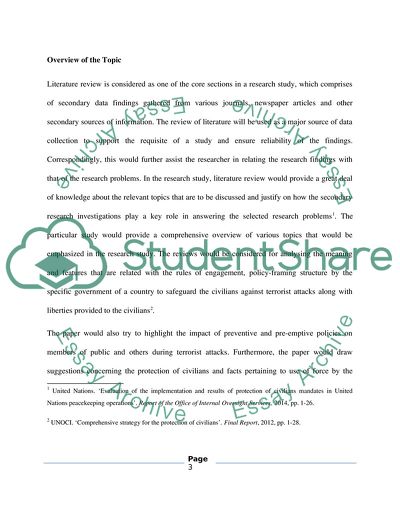Cite this document
(“Rules of Engagement in Terrorism Threats Literature review”, n.d.)
Rules of Engagement in Terrorism Threats Literature review. Retrieved from https://studentshare.org/social-science/1865098-how-can-we-prevent-members-of-the-public-from-being-shot-by-the-police-during-high-terrorism-threat-levels
Rules of Engagement in Terrorism Threats Literature review. Retrieved from https://studentshare.org/social-science/1865098-how-can-we-prevent-members-of-the-public-from-being-shot-by-the-police-during-high-terrorism-threat-levels
(Rules of Engagement in Terrorism Threats Literature Review)
Rules of Engagement in Terrorism Threats Literature Review. https://studentshare.org/social-science/1865098-how-can-we-prevent-members-of-the-public-from-being-shot-by-the-police-during-high-terrorism-threat-levels.
Rules of Engagement in Terrorism Threats Literature Review. https://studentshare.org/social-science/1865098-how-can-we-prevent-members-of-the-public-from-being-shot-by-the-police-during-high-terrorism-threat-levels.
“Rules of Engagement in Terrorism Threats Literature Review”, n.d. https://studentshare.org/social-science/1865098-how-can-we-prevent-members-of-the-public-from-being-shot-by-the-police-during-high-terrorism-threat-levels.


